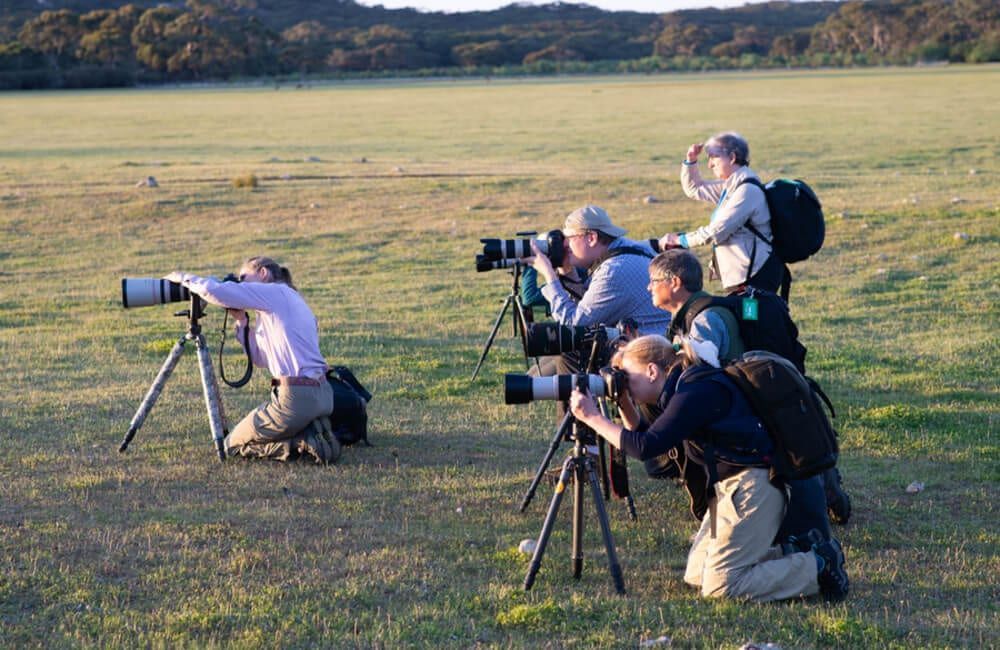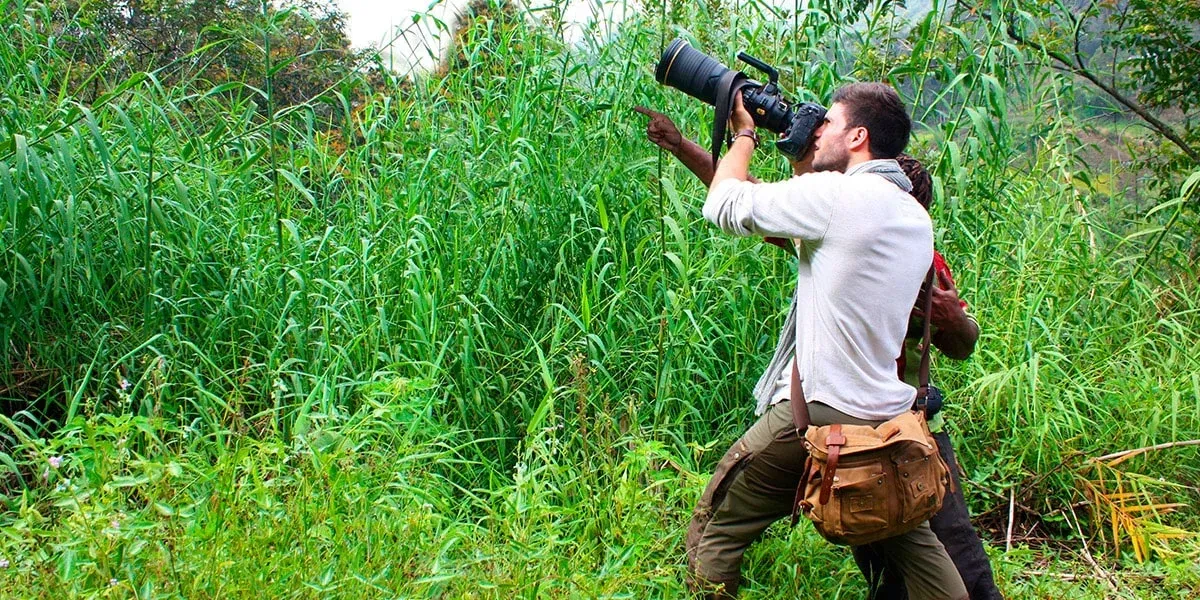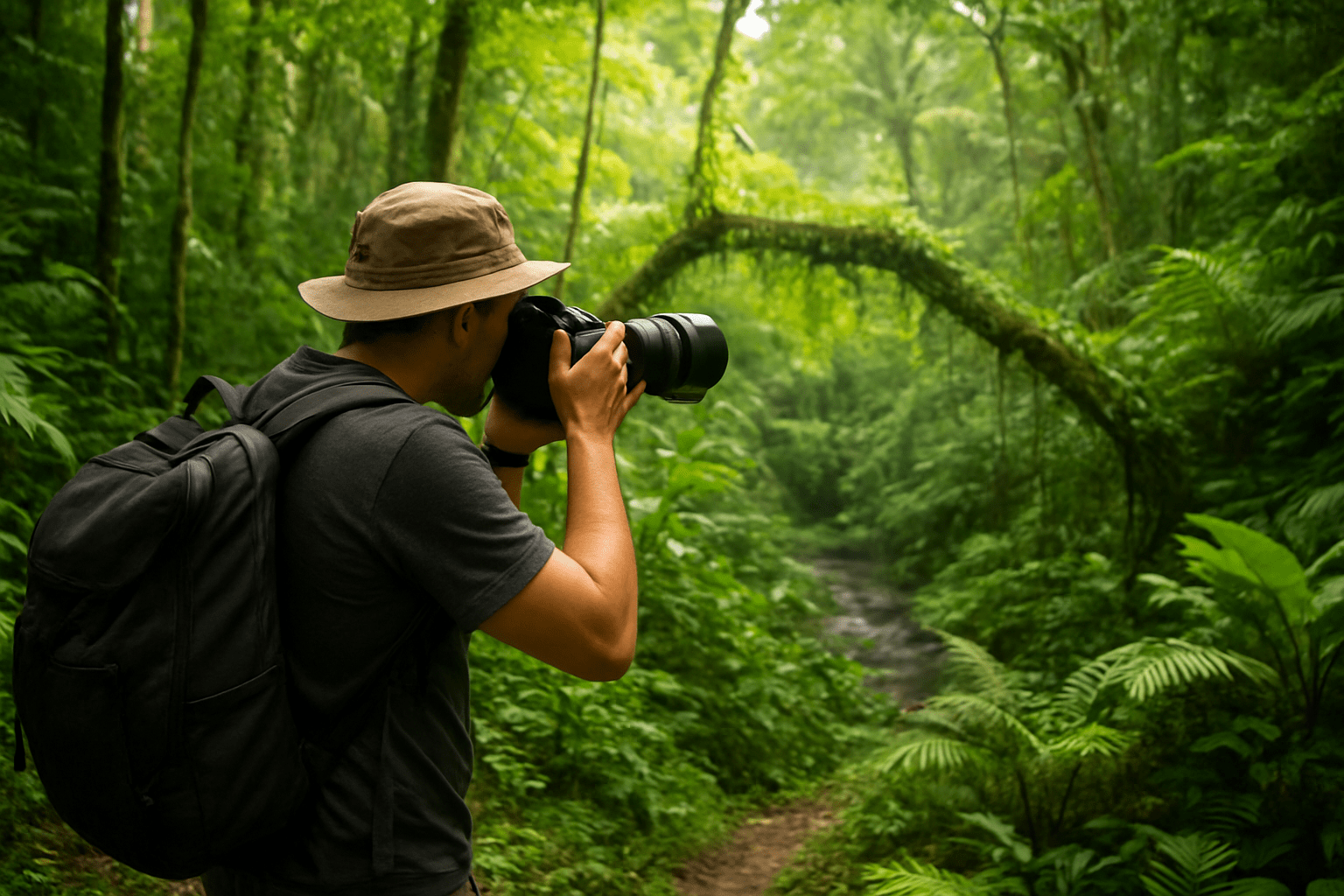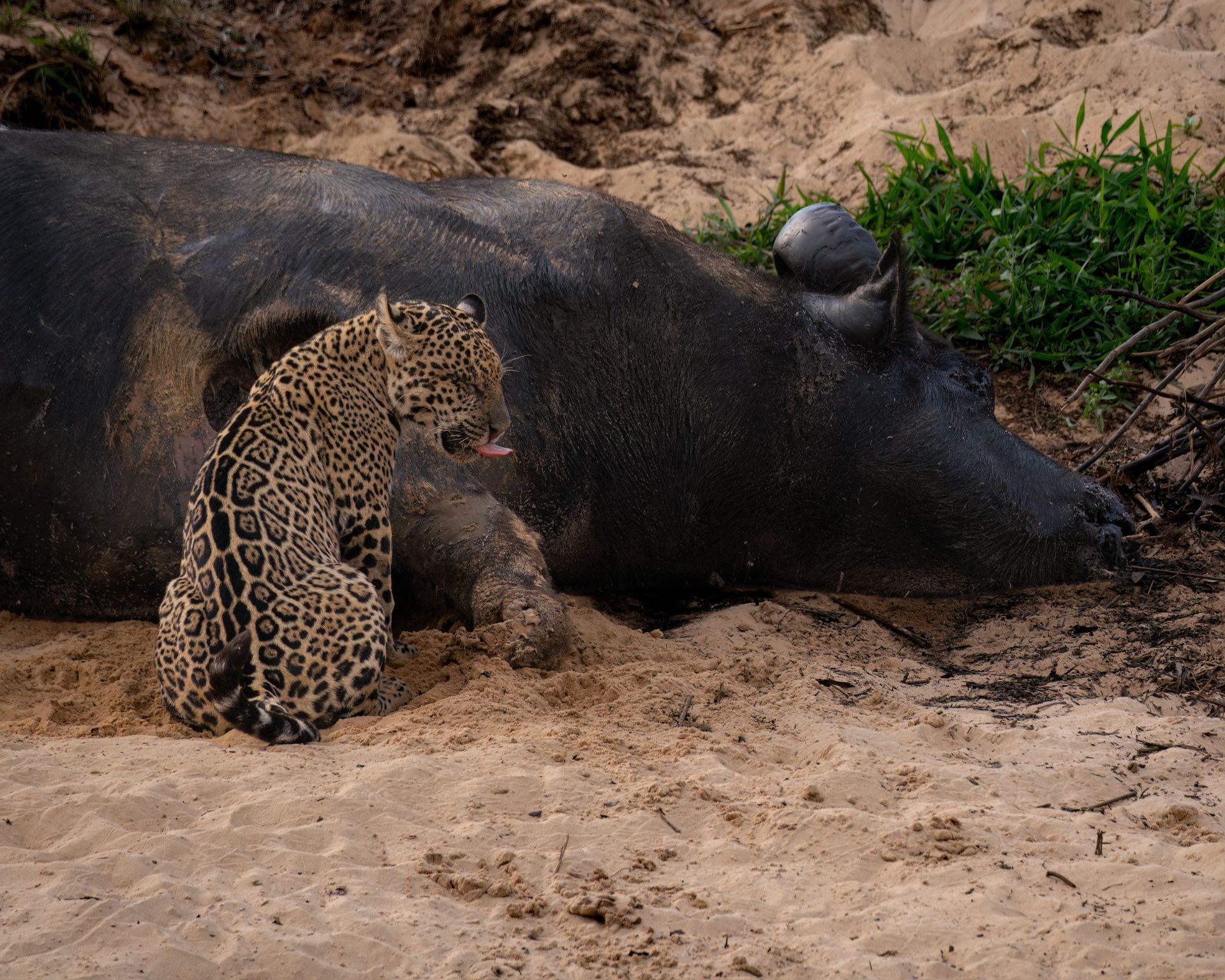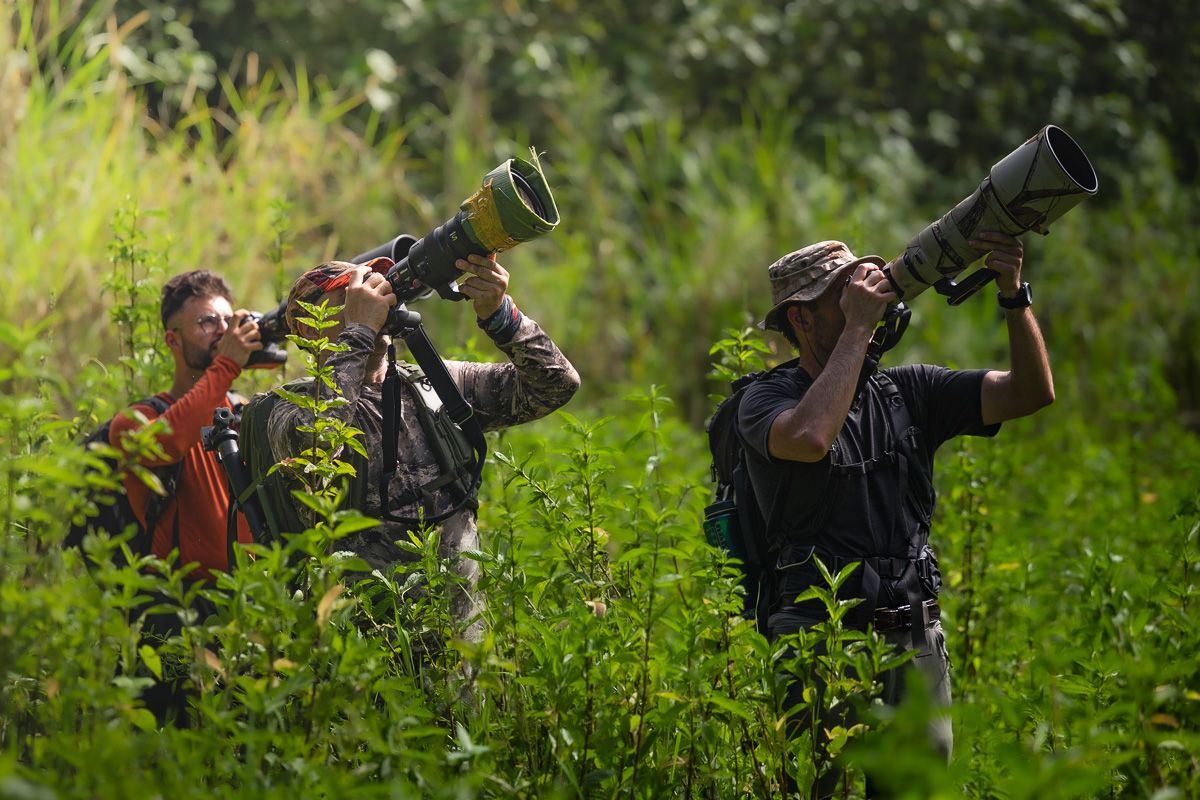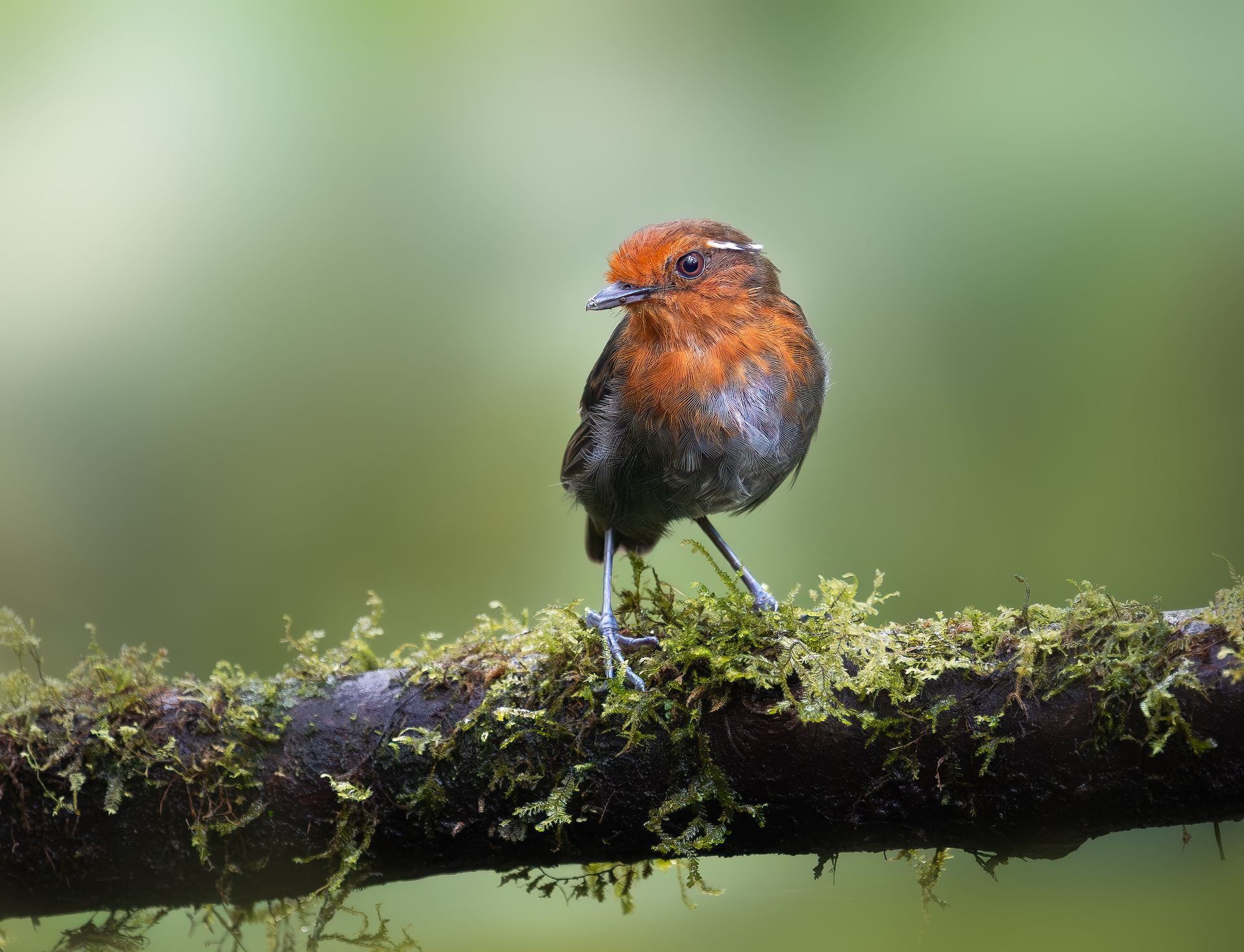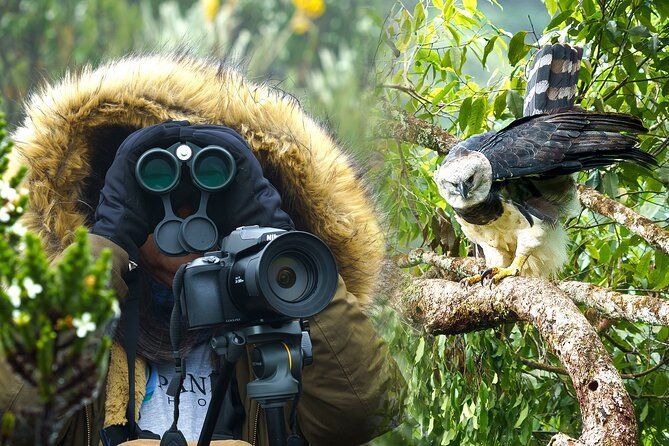Bird Photography: The Hobby That Captivates Enthusiasts Globally
Bird photography is a unique blend of art, nature, patience, and adventure. Over recent years, it has grown from a niche interest into a popular hobby captivating enthusiasts around the world. Whether you are a casual bird watcher or a serious photographer, bird photography offers a rewarding experience that connects you deeply with the natural world. This article explores why bird photography has such a universal appeal, how to get started, essential tips for success, and the benefits this hobby brings to its practitioners.
The Universal Appeal of Bird Photography
Birds have fascinated humans for centuries. Their vibrant colors, melodic songs, and fascinating behaviors make them a natural subject for photography. Bird photography taps into a primal human curiosity about wildlife and the outdoors, inviting enthusiasts to slow down, observe, and appreciate the beauty of nature.
One reason bird photography is so captivating is the sheer diversity of birds worldwide. With over 10,000 species globally, each bird offers unique characteristics—from the majestic eagle soaring high to the tiny hummingbird flitting among flowers. This incredible variety keeps bird photographers engaged, always eager to discover and capture new species.
Moreover, bird photography combines the challenge of technical skill with the joy of exploration. It requires mastering your camera settings, learning about bird behavior, and often traveling to stunning natural habitats. For many, it’s not just about the photo but the entire experience—the thrill of the chase, the quiet moments of observation, and the satisfaction of capturing a perfect shot.
Getting Started with Bird Photography
If you’re intrigued by bird photography but unsure how to begin, the good news is that it’s accessible to beginners and experts alike. You don’t need expensive gear or extensive experience to start. Here are some simple steps to get you going:
1. Learn About Birds
Start by familiarizing yourself with local bird species. Use bird guides, apps, or online resources to identify birds in your area. Understanding bird habits, feeding times, and habitats helps you anticipate where and when to find them.
2. Choose the Right Equipment
While high-end cameras and long lenses can enhance your work, you can begin with basic gear. A DSLR or mirrorless camera with a zoom lens (at least 200mm) is a good starting point. Smartphones with good camera capabilities can also be surprisingly effective for beginner bird photographers.
3. Practice Patience and Observation
Bird photography is as much about patience as it is about photography skills. Spend time quietly observing birds without rushing. Learn their behaviors and anticipate moments worth capturing, such as feeding, flying, or preening.
4.
Join Birding Communities
Joining local birdwatching or photography groups can provide valuable knowledge and support. Online forums and social media groups dedicated to bird photography also offer inspiration and advice from seasoned enthusiasts.
Essential Tips for Successful Bird Photography
Capturing stunning bird photos requires a blend of technical skill and understanding of bird behavior. Here are some essential tips to improve your bird photography:
1. Focus on Lighting
Good lighting is crucial. Early mornings or late afternoons provide soft, golden light that enhances bird colors and creates pleasing shadows. Avoid harsh midday sun, which can cause overexposure and harsh contrasts.
2. Use Fast Shutter Speeds
Birds move quickly, often unpredictably. Using a fast shutter speed (1/1000 sec or faster) freezes motion, especially during flight or sudden movements, resulting in sharp images.
3. Select the Right Focus Mode
Continuous autofocus (AI Servo or AF-C mode) helps keep moving birds in focus. Use single-point focus for precise control over which part of the bird you want sharpest.
4. Pay Attention to Backgrounds
A cluttered background can distract from the bird. Try to position yourself so that the background is smooth and complementary, such as open sky, water, or blurred foliage (bokeh effect).
5. Get Close and Be Stealthy
The closer you are, the more detail you can capture. Use your zoom lens effectively, but also learn how to move slowly and quietly to avoid startling birds.
6. Practice Ethical Bird Photography
Respect wildlife by keeping a safe distance and not disturbing birds or their habitats. Avoid using calls or lures excessively, and never compromise the safety of the birds for a shot.
The Rewards of Bird Photography
Bird photography offers more than just beautiful images. It brings several personal and environmental benefits:
1. Connection with Nature
Spending time outdoors observing and photographing birds fosters a deep connection with nature. This mindfulness and presence can improve mental health and reduce stress.
2. Educational Opportunities
Learning about bird species, their behaviors, and ecosystems enriches your knowledge of biodiversity and ecology. It promotes environmental awareness and appreciation.
3. Creative Expression
Bird photography is an art form that challenges your creativity in composition, lighting, and storytelling through images. Each photo can tell a story about the bird’s life or environment.
4. Community and Friendship
The global community of bird photographers is welcoming and passionate. Sharing your work and experiences with others builds friendships and offers opportunities to learn and grow.
5. Conservation Impact
Many bird photographers contribute to conservation by documenting bird populations and habitats. Their images can raise awareness and support efforts to protect endangered species and natural areas.
Bird Photography Around the World
Bird photography is truly a global hobby. Different regions offer unique bird species and habitats, from tropical rainforests and wetlands to arid deserts and urban parks. Enthusiasts travel worldwide seeking rare species, migratory birds, and dramatic landscapes.
Some famous bird photography hotspots include:
- The Pantanal wetlands in Brazil, known for its diverse water birds.
- The Everglades in Florida, USA, famous for herons and egrets.
- The Lake Nakuru National Park in Kenya, home to vibrant flamingo flocks.
- The Danum Valley in Borneo, offering exotic rainforest species.
- The Scottish Highlands, where golden eagles and other raptors soar.
Each destination offers unique challenges and rewards, encouraging bird photographers to keep exploring and learning.
Conclusion
Bird photography is much more than just snapping pictures; it is a captivating hobby that connects people worldwide to nature’s incredible avian wonders. Whether you are drawn by the challenge of capturing flight, the joy of discovering rare species, or the peaceful moments spent in nature, bird photography offers something for everyone.
If you’re ready to embark on this rewarding journey, remember to start simple, practice patience, respect wildlife, and most importantly, enjoy the process. The world of birds is vast and beautiful—your lens is the gateway to discovering its endless wonders.



